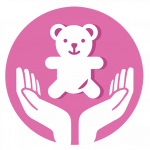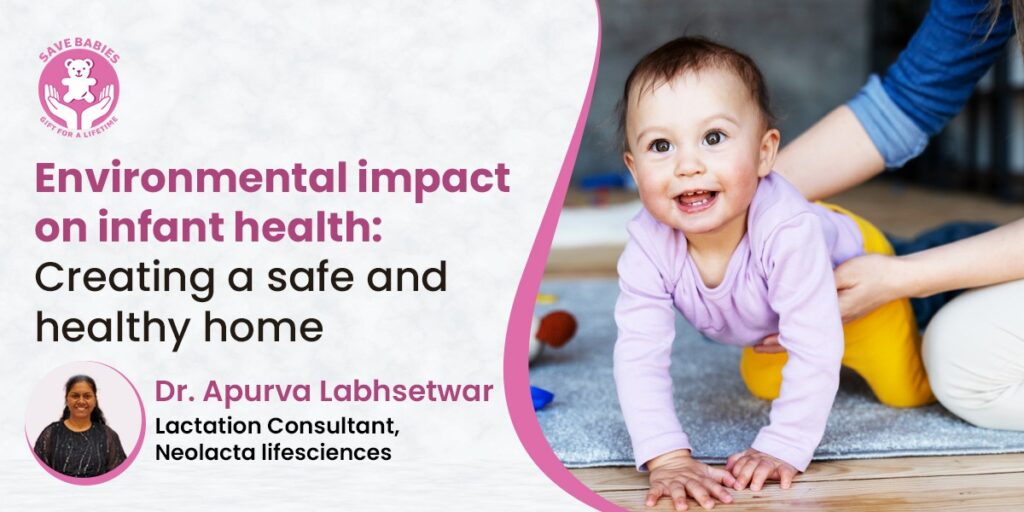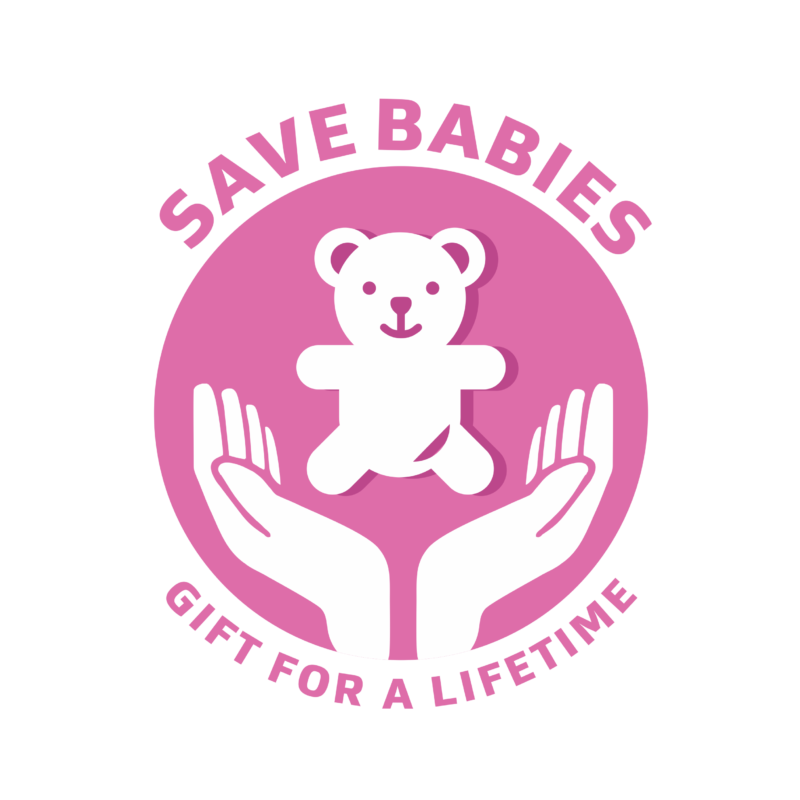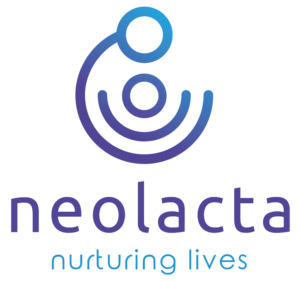Infants are more sensitive to their surroundings in the early years of their life. Everything around them, including the air they breathe and the objects they touch, can have a significant effect on their development and health. Understanding how crucially the environment shapes the wellbeing of our youngest members of society is essential. Research has demonstrated exposure to a variety of environmental influences during infancy can have both immediate and long-term effects on an infant’s health outcomes. The range of environmental risks to baby health are wide and varied, ranging from developmental delays to hazardous chemicals in common goods to respiratory problems linked to indoor air pollution.
Understanding Factors Affecting Infant Health
Common environmental factors that may affect infant health are exposure to air pollution, certain chemicals/toxins found in cleaning fluids, pesticides etc., allergens such as dust, mites, pollen. These things can trigger allergic reactions which may adversely affect infant’s health. Infants grow and develop quickly, and their organ systems are still growing and undeveloped. Their systems are not equipped completely to metabolize and eliminate dangerous substances, making them more vulnerable to negative health impacts from exposure to the environment. Since their immune systems are still developing, infants may not yet have strong defense against infections. Because of this sensitivity, they are more prone to infections and inflammatory reactions brought on by allergens and toxins in the environment.
Impact of Indoor Air Quality
Since infants spend a large amount of time indoors, particularly in the early stages of life, indoor air quality is vital to their respiratory health. Inadequate indoor air quality can raise the risk of respiratory infections and aggravate respiratory disorders like asthma. Paints, cleaning products, furniture, and other household items release volatile organic compounds (VOCs) as glasses. Formaldehyde, benzene, and toluene are a few examples that might irritate the respiratory system and aggravate respiratory issues in newborns. Smoke from cigarettes also contains carcinogenic chemicals which increases the baby’s risk of developing respiratory infections, asthma, and sudden infant death syndrome(SIDS).
Creating a Chemical Free Environment
Making the switch to homemade cleaners is a wise move if you want to lower the risks listed above. Simple components like vinegar, baking soda, lemon juice, and essential oils are used to make natural cleaning products. These substitutes work well for cleaning and disinfecting without requiring the use of strong chemicals or artificial smells.
To avoid pest infestations, choose non-toxic pest control techniques including caulking gaps and crevices, setting traps and baits, and keeping your home tidy and clutter-free. Look for environmentally safe and non-toxic pests for controlling pests outside. Numerous companies provide plant-based recipes that are safe to use around babies and pets and devoid of dangerous chemicals.
Prevention of Lead Exposure in Homes
Lead is another chemical that may be dangerous to infants. Lead exposure can come from paint or water if lead-based plumbing is utilized in the home, especially in older homes with outdated plumbing systems. Lead exposure can have a negative impact on an infant’s neurological development. Lead exposure, even at low levels, can have permanent effects that include reduced IQ, behavioral issues, learning impairments, and cognitive abnormalities.
Inspect the drinking water for lead levels and, if feasible, replace the plumbing pipes. Lead dust and particles can be avoided with routine dusting, mopping, and cleaning. A diet high in iron and vitamin C will help lower the body’s absorption of lead, thus reducing the harmful effects.
Safe Sleeping Environment for Infants
The unexpected and inexplicable death of an apparently healthy newborn, usually while they are sleeping, is known as sudden infant death syndrome, or SIDS. Reducing the incidence of SIDS and other sleep-related baby mortality requires creating a safe sleep environment. There are certain practices that can help reduce the risk of SIDS.
Place infants on their backs, be it nap time or sleep. It has been demonstrated that this posture considerably lowers the incidence of SIDS. Make sure the mattress in the crib is firm enough to fit tightly, and then cover it with a fitted sheet. Remove any loose bedding, pillows, blankets, stuffed animals, and other soft materials that could suffocate a person from the bedroom. Infants should be dressed in light clothing to prevent overheating. Feeding frequently during the night time also helps lower the risk of SIDS.
Our homes are the first place in the world a baby is exposed to. By following certain practices it can be made safe for them and we can ensure they grow up into strong individuals. Another important factor that can help them through all this is breastfeeding. Breast milk is a dynamic fluid and contains all that is needed to protect the little one from any infections. Therefore, it is recommended that a newborn should be given breastmilk/mother’s milk exclusively for the first 6 months of life. This helps lay a strong foundation and contributes to optimal growth of the infant.
References
American Academy of Pediatrics. Healthy Children: Environmental Health [Internet]. Elk Grove Village, IL: American Academy of Pediatrics; c2020 [cited 2024 March 22]. Available from: https://www.healthychildren.org/English/healthy-living/environmental-health/Pages/default.aspx
https://www.cdc.gov/nceh/lead/prevention/sources.htm
National Institute of Child Health and Human Development. Safe to Sleep®: Create a Safe Sleep Environment [Internet]. Bethesda, MD: National Institutes of Health. Available from: https://safetosleep.nichd.nih.gov/reduce-risk/safe-sleep-environment




